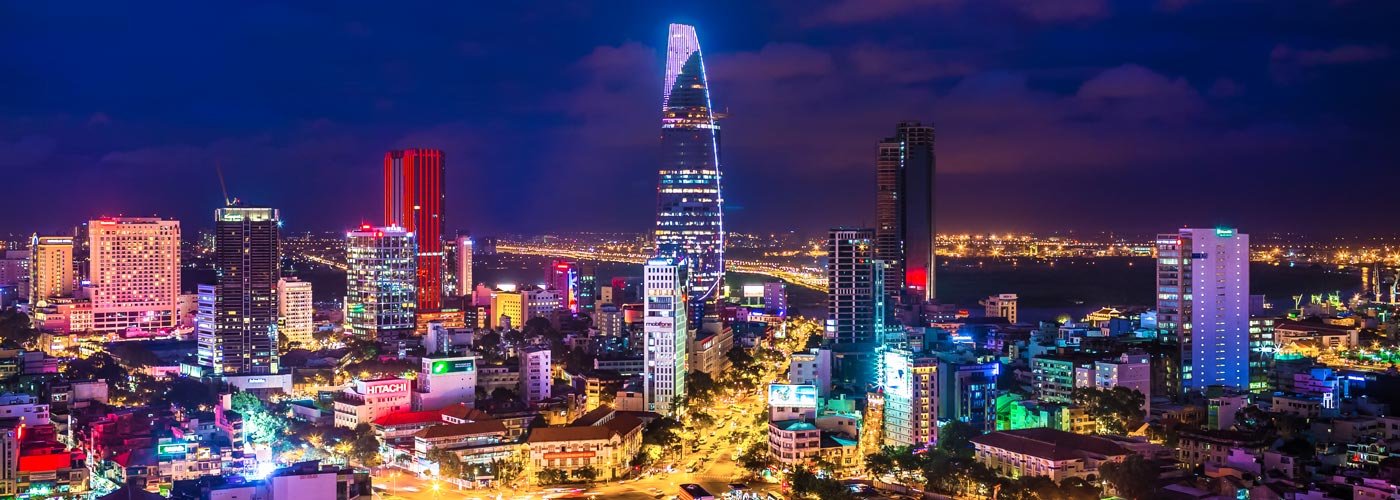
Saigon
On April 30, 1975, Le Duan Boulevard in central Saigon became the stage of world history. While the American ambassador, with the folded Stars and Stripes under his arm, fled by helicopter from the roof of "his" embassy, North Vietnamese troops took the presidential palace a stone's throw away, ending the "American War". From the point of view of the North Vietnamese, Vietnam was officially reunited. How lucky, one can ask the many young people in Saigon today who didn't experience the re-education camps of that time and who are now primarily addicted to consumption...
The Pho Binh soup kitchen was the command center of the Vietcong underground fighters in Saigon from 1963. This is also where the 1968 Tet Offensive was planned, which included attacks on the US Embassy and military police headquarters. Only a few days later, the secret meeting point was exposed.
The horrors of Vietnamese history are hauntingly documented at the War CrimesMuseum. Most of the exhibition consists of historical photographs and documents, but there are also impressive replicas of the infamous tiger cages.
Even in French times, Rue Catinat, now called Dong Khoi (street of the popular uprising), was the city's main street for strolling and going out. At the time of the Vietnam War it was called "Tu Do" (Freedom Street) and at that time degenerated into a sinful red light mile for American Gis. Their hotels were also meeting places and information exchanges for international war correspondents. It is still the heart of colonial Saigon. From 1955, the opera house was used as the seat of the South Vietnamese Parliament.
The Gia Long Palace was once the seat of the governor of Cochinchina. Very close by is the old French courthouse, still the seat of the city's supreme judiciary.
The dragon house at the port was the seat of the customs office under the French colonial rulers. Today it houses the Ho Chi Minh Museum, which is obligatory for almost every Vietnamese city.
